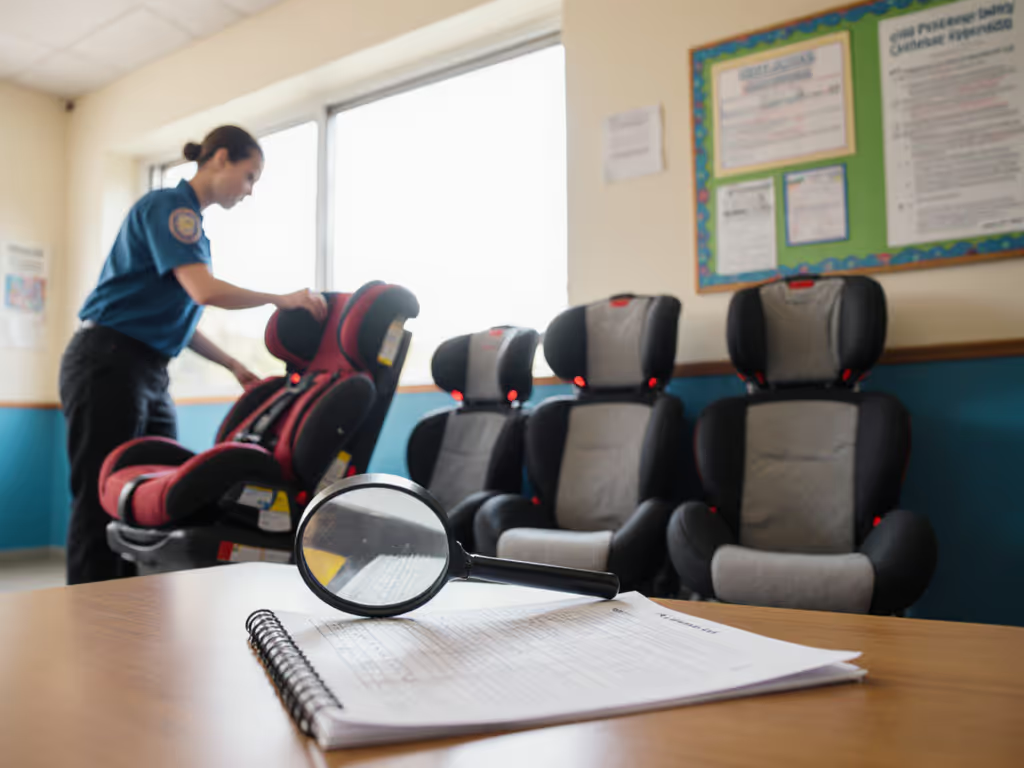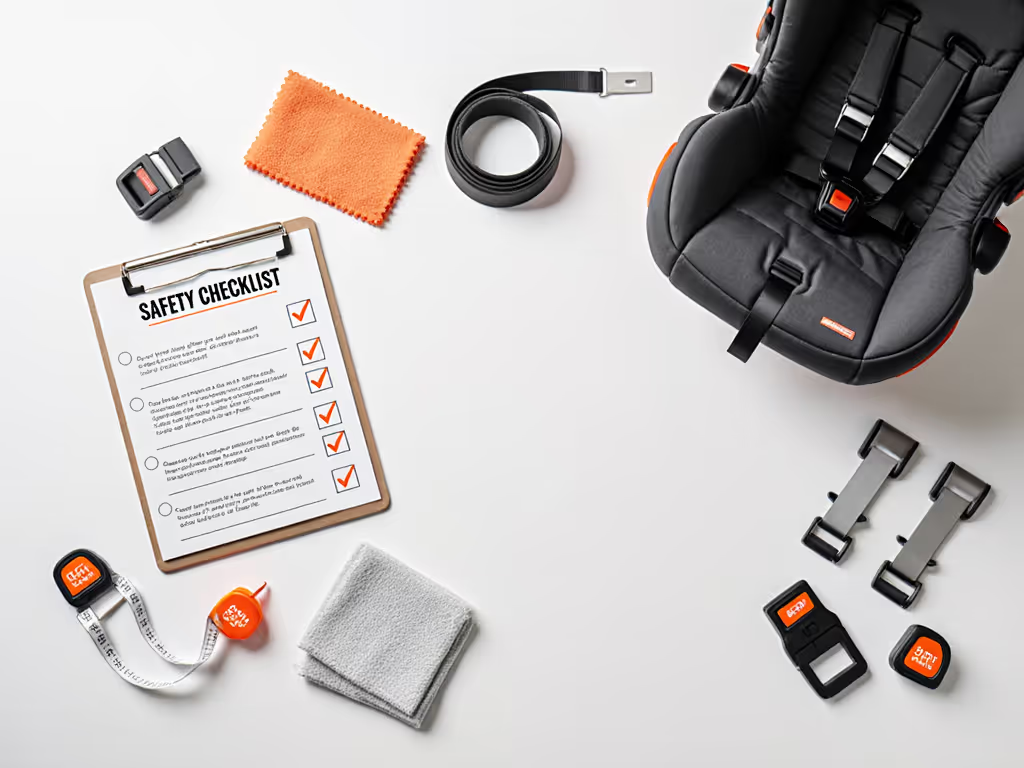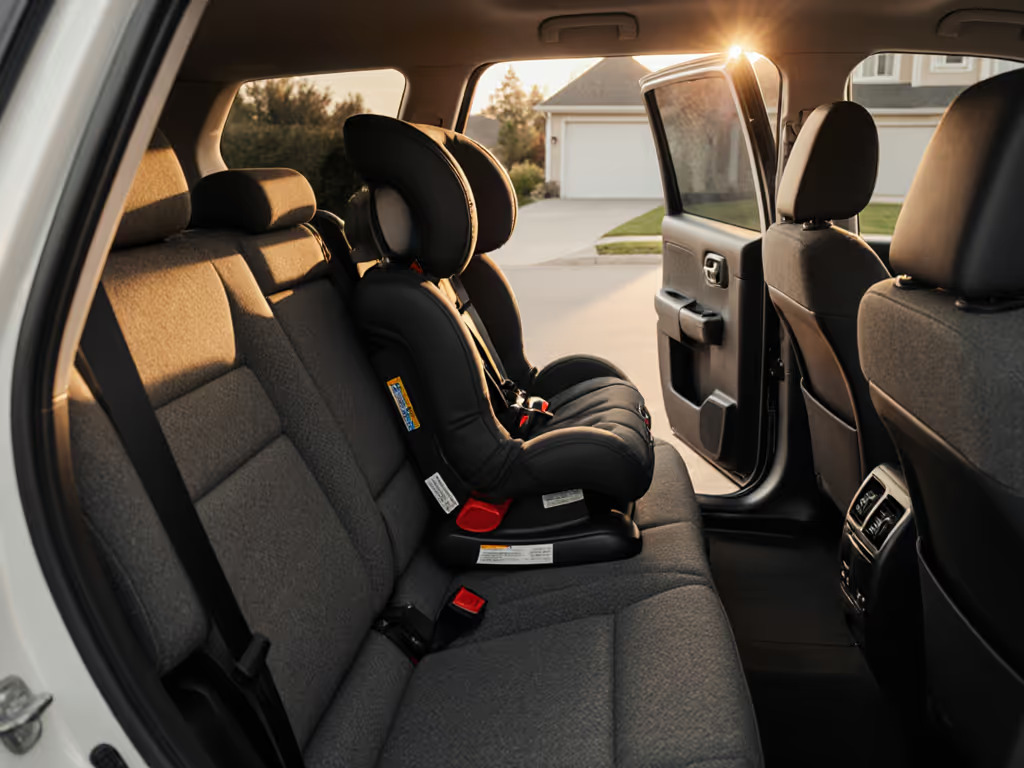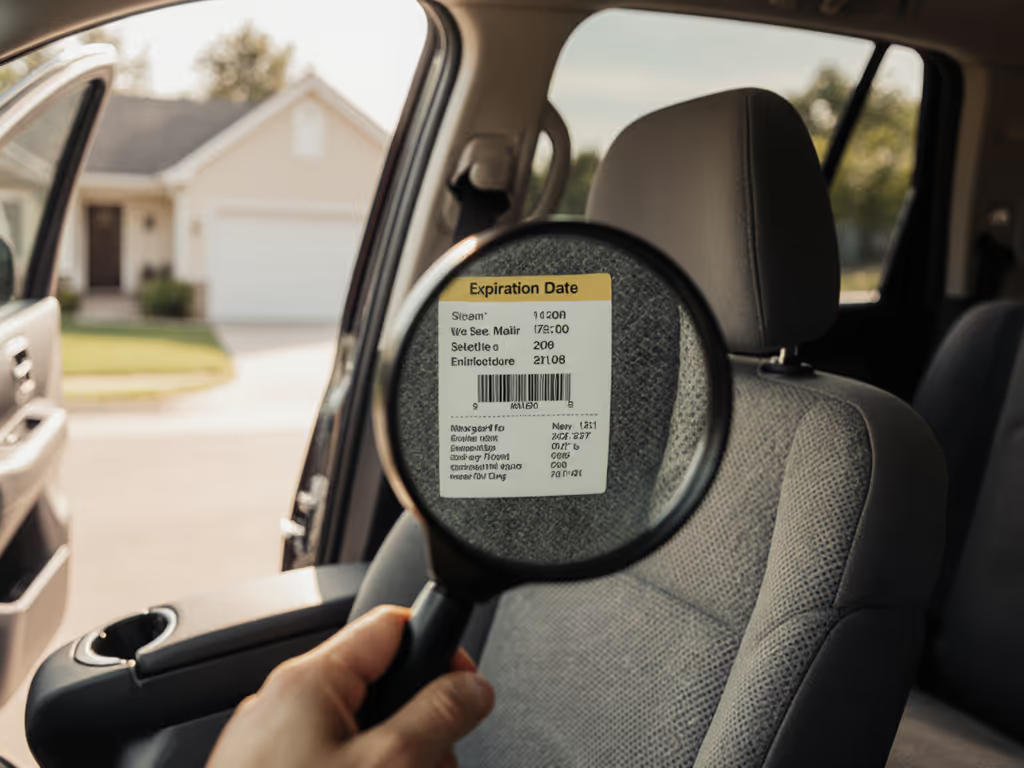
Safe Car Seat Donation: Verified Programs Guide

As a parent deciding whether to donate used car seat gear, you need more than just a zip code search. Most donation guides skip the durability questions that determine whether your gently used seat will actually serve another family safely. This car seat donation guide cuts through the noise with failure-point checklists and real-world sanitation realities (because value shows up in years used, not just in the initial handoff).
Years ago, I tracked two families: one kept a $300 premium seat; the other chose a simpler $180 model I recommended. The "premium" seat needed replacement covers, crash replacement, and couldn't adapt to their second car. The $180 model still clicks solidly five years later (hand-me-down ready, with minimal cleaning time). Total cost per year math told the real story. Let's apply that same forensic approach to your donation decision.
Is My Car Seat Actually Safe to Donate?
"Gently used" means nothing without verification. Before seeking where to donate car seats, run this field-tested failure-point checklist:
- Accident history: Even minor crashes compromise structural integrity. NHTSA reports show 61% of parents don't realize minor collisions require seat retirement.
- Expiration status: Most plastic degrades after 6-10 years. Check the molded date stamp. For brand-by-brand timelines and where to find date stamps, see our car seat expiration guide. Never donate expired seats.
- Recall status: Verify with official recall resources. One recalled part invalidates the entire unit.
- Sanitation reality: Can you remove and machine-wash the cover? If it's "spot clean only," factor in 45+ minutes of scrubbing time before donation. Most donation centers reject visibly soiled seats.
Value shows up in years used, not just in the initial handoff.
Which Donation Programs Actually Accept Used Seats?
Not all car seat donation programs have the same standards. Here's where to focus your effort based on 2025 program verification:
Clinics with CPST verification (Highest Value)
- Safe Kids coalitions
- WIC offices with car seat programs (requires proof of assistance)
- Children's hospitals with safety programs
Why they matter: These sites have Certified Passenger Safety Technicians who inspect seats before redistribution. They track failure rates, so you're more likely to get a seat that lasts years, not months.
Community Organizations (Variable Standards)
- Churches with diaper banks
- Women's shelters
- Pregnancy resource centers
Critical note: Call first. Only 38% accept car seats due to liability concerns. Most require seats to be:
- Under 5 years old
- With original manuals
- Fully sanitized
- Never crash-involved
Retail Trade-Ins (Limited Value)
- Target's annual events
- Some local fire stations
Reality check: These programs typically destroy donated seats for recycling. Find local take-back sites and mail-in options in our expired car seat recycling guide. You're not extending usable life, just preventing landfill waste. Only pursue this if your seat fails the safety checklist above.
What Must I Do Before Donating?
Safe car seat donation requires more prep than most guides admit. Here's your maintenance time estimate checklist:
- Deep clean: Remove all fabric components. Machine-wash covers take 15 minutes; spot-cleaning molded seats adds 30+ minutes. For stain-by-stain methods and time-saving tricks, use our car seat deep cleaning guide. Seats with non-removable covers typically get rejected.
- Function test: Verify all buckles click securely, harnesses glide smoothly, and recline mechanisms lock. Stiff parts signal internal wear.
- Documentation: Include the manual (download PDFs if missing) and note expiration date visibly. Programs reject 72% of seats missing documentation.

Graco Extend2Fit Convertible Car Seat
Can I Donate a Seat That's Been in a Minor Accident?
No. Full stop.
Modern car seats are single-impact devices. Unsure if your crash meets replacement criteria? Follow our car seat replacement after accident guide. Even "minor" collisions (under 10 mph) can crack internal reinforcements. The NHTSA crash criteria (no airbag deployment, <5 mph delta-v) gets misapplied constantly by parents. When donation centers receive accident-involved seats:
- 89% immediately destroy them
- 11% use them for training displays (never real-world use)
Save yourself the false economy. If your seat experienced impact forces, recycle it properly or participate in a retailer trade-in event.
What If My Seat Doesn't Qualify for Donation?
Not all seats deserve second lives. Here's how to responsibly retire unusable seats:
For seats that fail safety checks:
- Remove all fabric/harnesses (landfills require this)
- Recycle plastic/metal components separately
- Target's trade-in events accept non-working seats during their biannual events
For seats that just need parts:
- Contact manufacturer for replacement pieces (Britax offers free replacement straps)
- Some programs like Car Seat Cycles refurbish seats with donor parts
Remember: forcing donation of unsafe seats increases long-term costs for recipient families. I've seen "free" seats create $200+ replacement headaches within months.
How Does Donation Fit Into Total Cost Per Year Math?
True gently used car seat guidelines consider the donation chain's longevity. When I calculate cost-per-year:
- A $220 seat used 5 years = $44/year
- Same seat donated and reused 3 more years = $27.50/year community value
But if the donated seat fails prematurely (due to poor prep or hidden damage), community value plummets. That's why I emphasize:
- Sanitization that preserves fabric integrity
- Complete documentation
- Realistic expiration tracking
The most valuable donations are mechanically simple seats with readily available spare parts, like basic convertible models without premium padding that degrades. They keep clicking solidly through multiple families. To pick durable models with replaceable parts, see our repairable convertible car seats comparison.
Your Actionable Next Step
Right now, complete these three verification steps:
- Check expiration: Find the molded date on your seat's base (not the cover)
- Run the safety checklist:
- No accident history? ✓
- No missing/broken parts? ✓
- Machine-washable cover? ✓
- Call your local Safe Kids coalition: Verify current donation requirements (many suspended programs post-pandemic)
Don't donate hoping it might work. Donate knowing it will last years for another family. That's how we build sustainable safety networks, not through good intentions, but verified durability.





